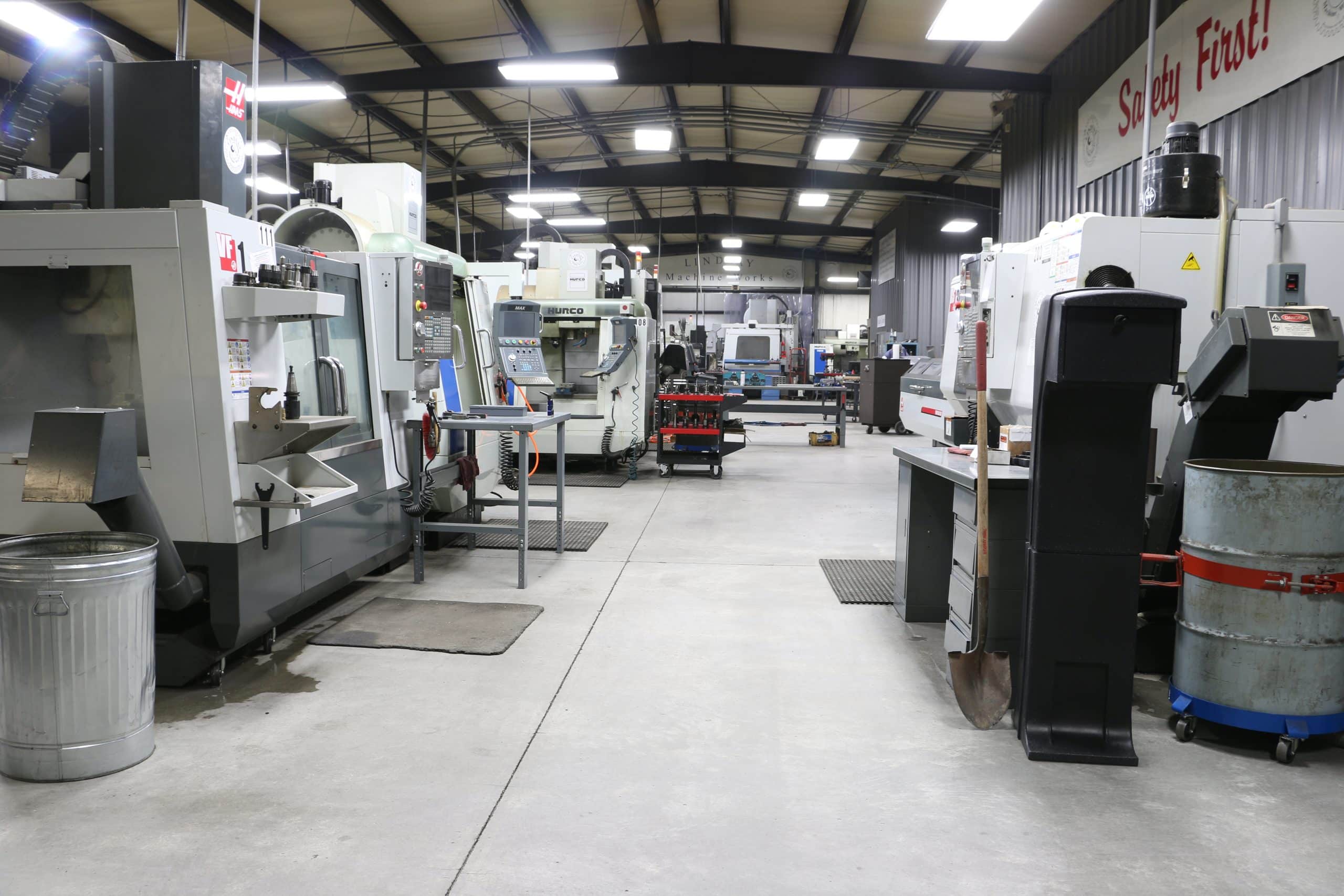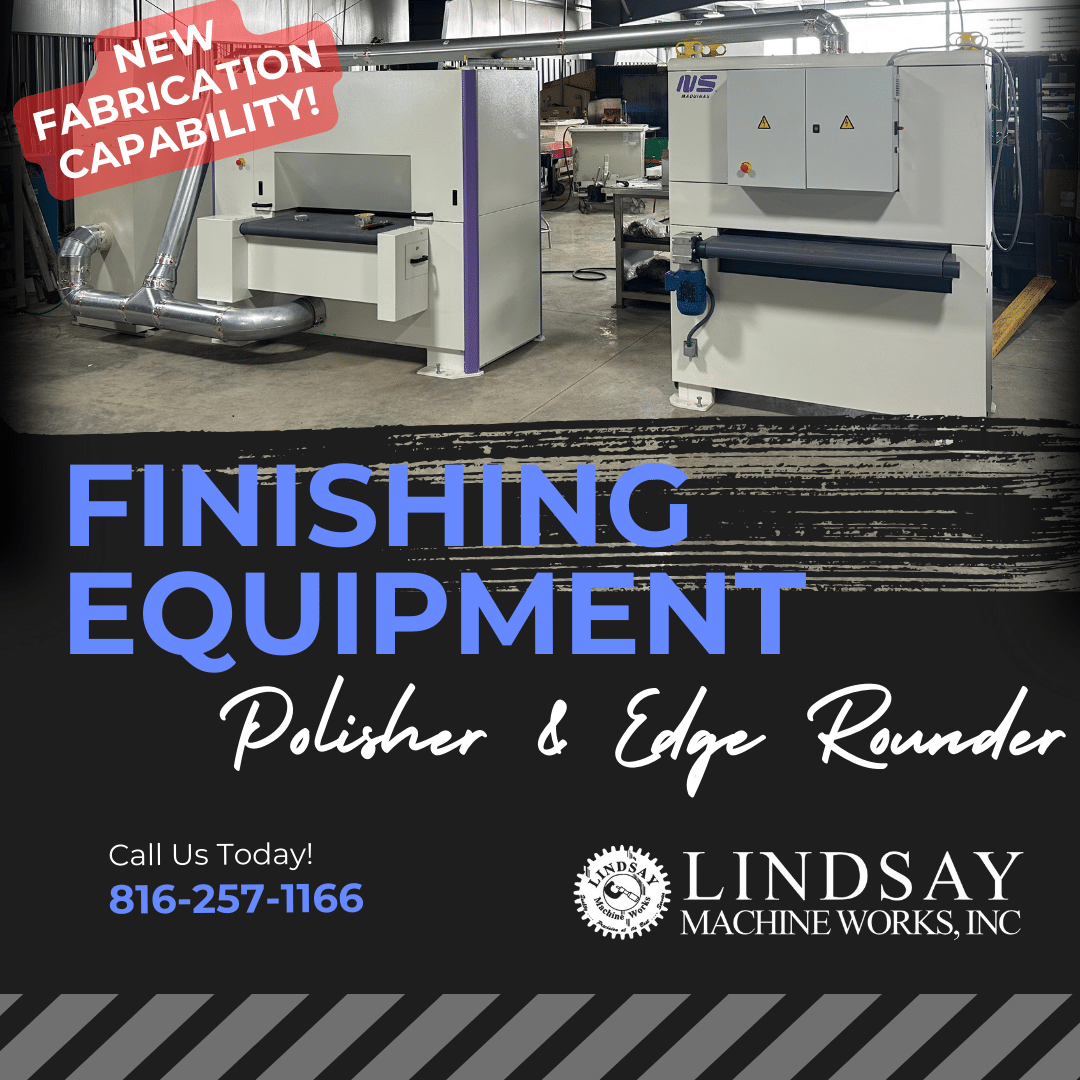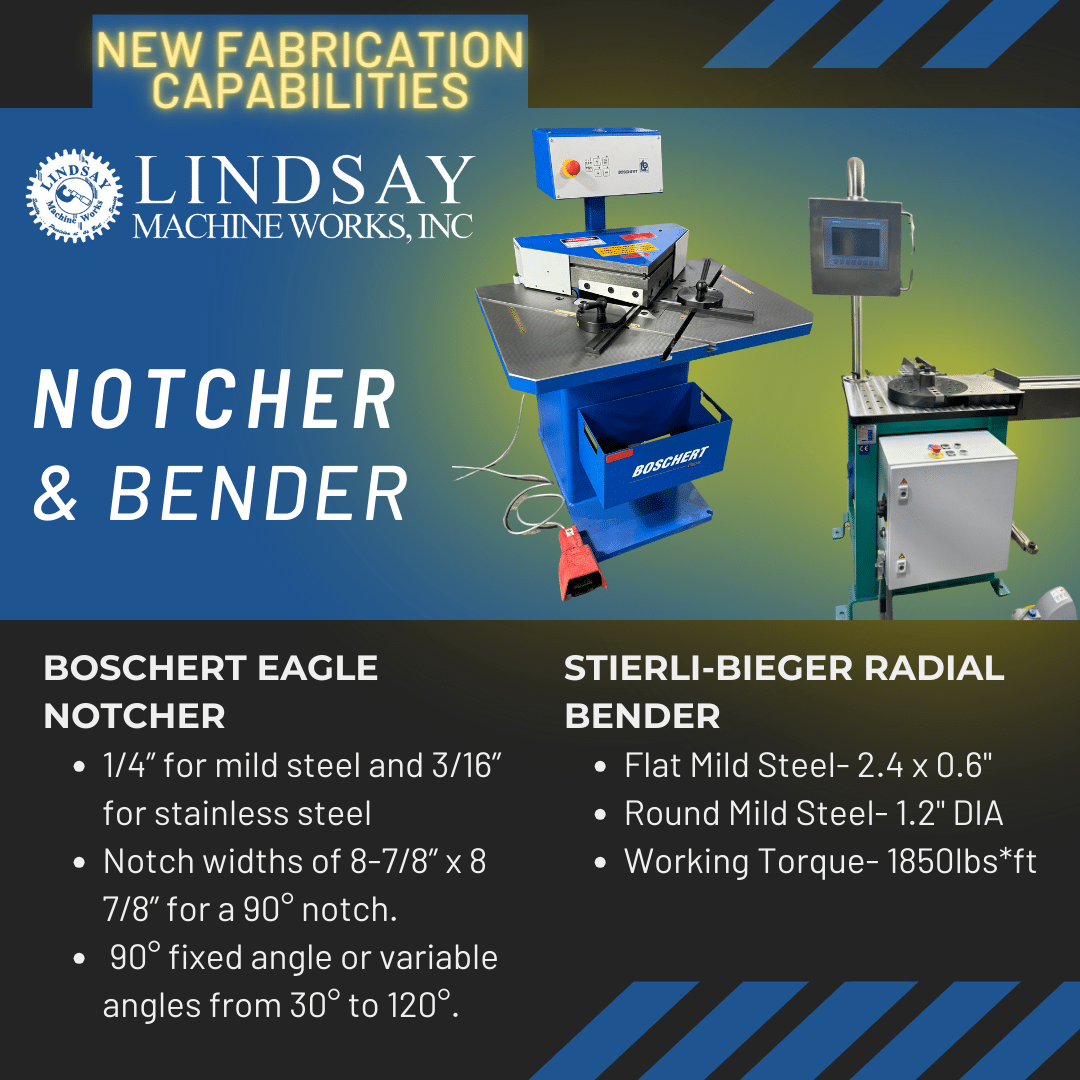Manual Machining / Conventional Machining
In these days of software-driven CNC machine’s, there still remains a need for machining operations that require manual manipulation of a conventional machine tool being operated by a skilled machinist. Manual machining offers flexibility in both process and uniqueness for a quality and cost-effective solution for small quantities of less than 5 pieces.
Since our founding, Lindsay Machine Works, Inc. has been equipped to handle a wide range of manual machining projects. We continue to invest in our skilled manual machinists which are some of the best in the greater Kansas City area. Give us a try for your manual machining needs.
Manual Machining Capabilities:
- Manual Turning: Up to 39” O.D. x 120”
- Vertical Turning Lathe (VTL): Up to 57” O.D.
- Manual Milling: Up to 36’ long
- Large Horizontal Boring
- Surface Grinding
- ID/OD Grinding
What is Manual Machining?
Manual machining, also known as conventional machining, involves the use of hand-controlled machine tools to shape and form metal components. Manual machining relies on the expertise and skill of the machinist to achieve precise dimensions and finishes.
The process typically includes one or more of several key operations such as turning, milling, drilling, and/or boring . Turning uses a lathe to rotate the workpiece against a stationary cutting tool to create cylindrical features.
Manual milling machines involve the use of a rotating cutting tool to remove material from the workpiece, creating pockets, flat surfaces or even complex shapes.
Drilling is used to produce round holes and may be performed using various drill presses or larger manual mills.
Each of these operations requires a deep understanding of material properties, tool selection, and machine operation to deliver high-quality, accurate parts.
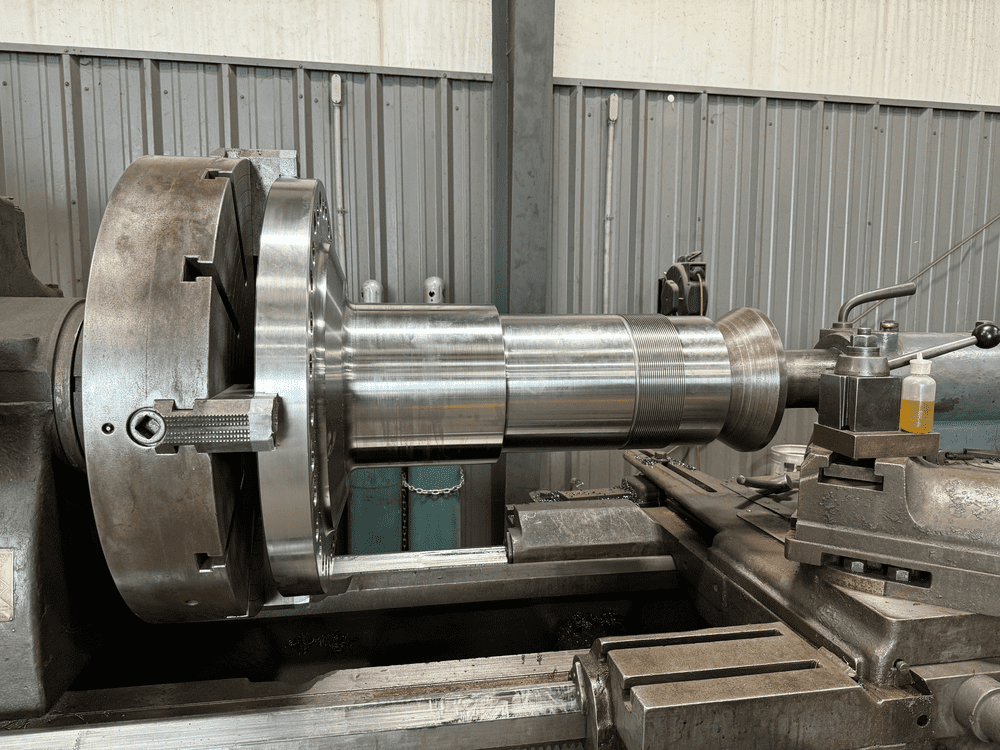
When is Manual Machining Better than CNC?
Manual machining is often the preferred choice over CNC machining methods in certain scenarios that demand flexibility, quick setup, and cost-efficiency for small production runs of either metal or plastic parts. When producing a limited number of parts, typically fewer than five, manual machining might be a more economical option as it eliminates the need for extensive programming and tooling setups required by a CNC machine. Additionally, manual machining allows for real-time adjustments and modifications, making it ideal for prototype development and one-off custom parts where design specifications may change frequently.
The hands-on approach and the skilled intuition of the machinist can result in shorter lead times and immediate responsiveness to design alterations. In situations where unique components are needed, manual machining provides unparalleled adaptability and precision, leveraging the expertise of the machinist to achieve the desired outcome.
Conventional Machining, A Cost-Effective Option for Small Production Runs
Manual or conventional machining processes remains a viable, cost-effective option, particularly for small production runs or creating one-off parts. One of the primary reasons for this is that CNC machines, while highly efficient for multi piece manufacturing, necessitate extensive programming and setup time. This initial investment in time and resources means that CNC machining typically becomes more cost-effective when dealing with a higher volume of parts or features that are challenging to create manually.
In contrast, manual machining requires minimal setup time, making it ideal for tasks where only a few parts are needed. This approach allows for greater flexibility and adaptability, as machinists can make real-time adjustments and modifications without the need for reprogramming.
Overall, while CNC machines are indispensable for mass production, manual machining continues to play a crucial role in the manufacturing landscape, particularly for specialized, low-volume projects.
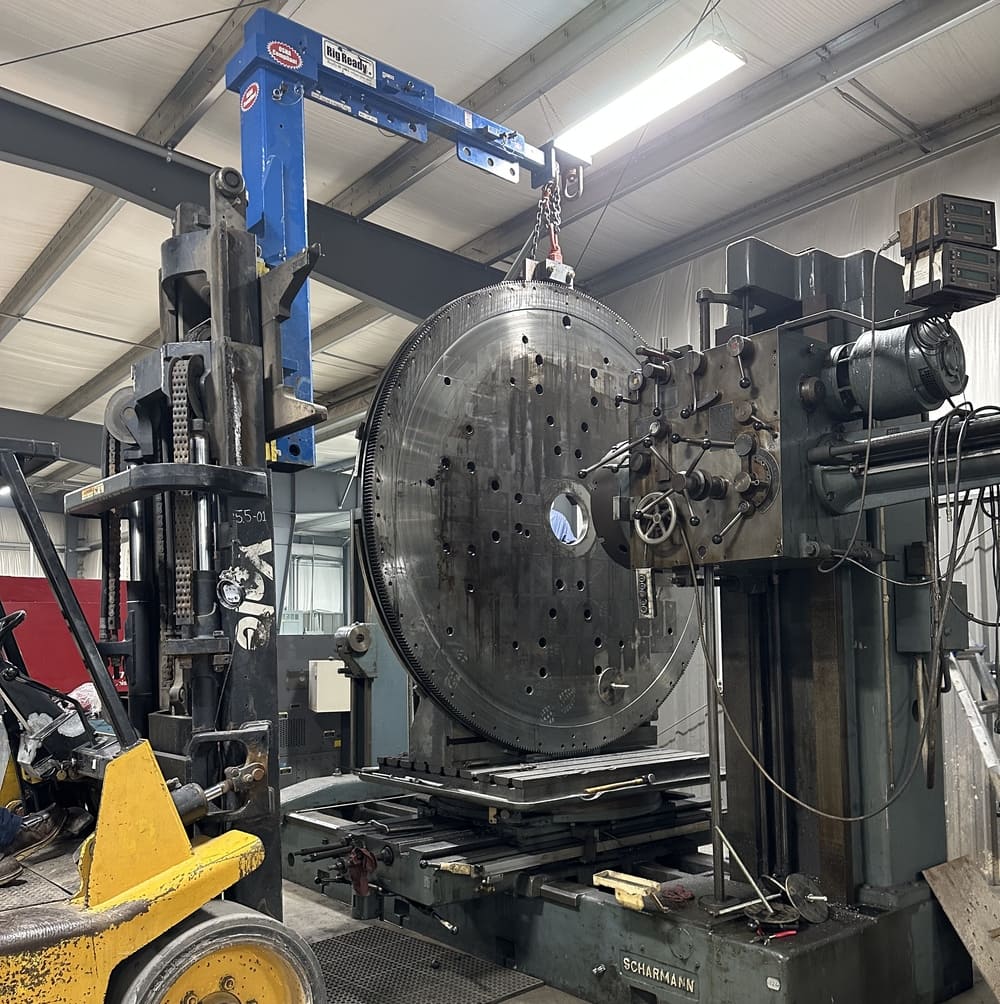

Why Choose Lindsay Machine Works for Your Manual Machining Machining Needs?
At Lindsay Machine Works, Inc., we stand by our commitment to precision and quality in manual machining. We ensure that every manually machined part meets the most stringent standards. Our manual machining process remains unhindered, and deadlines are met consistently.
Entrusting your machining needs to Lindsay Machine Works, Inc. means partnering with a company that places quality, reliability, and safety at the forefront.



